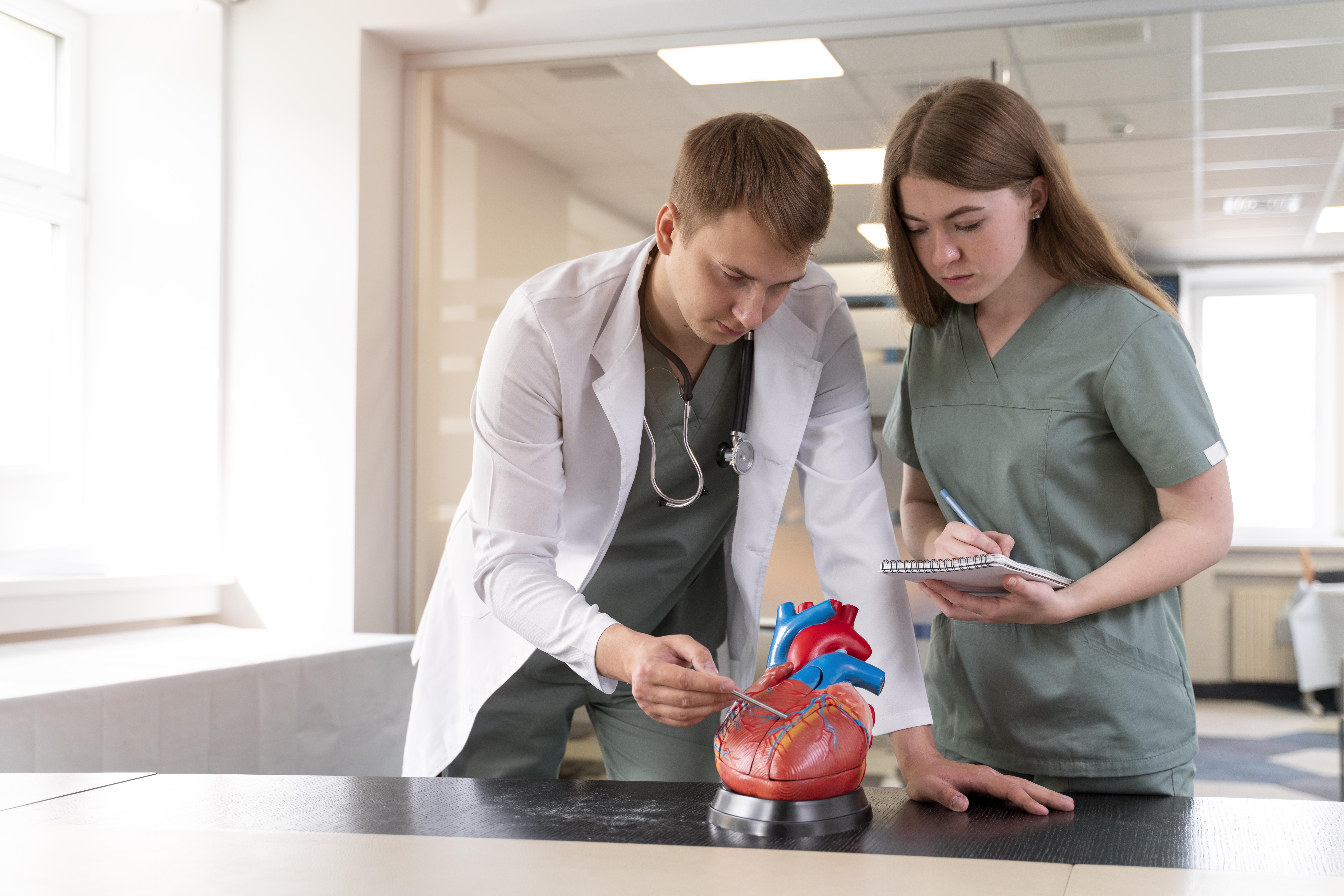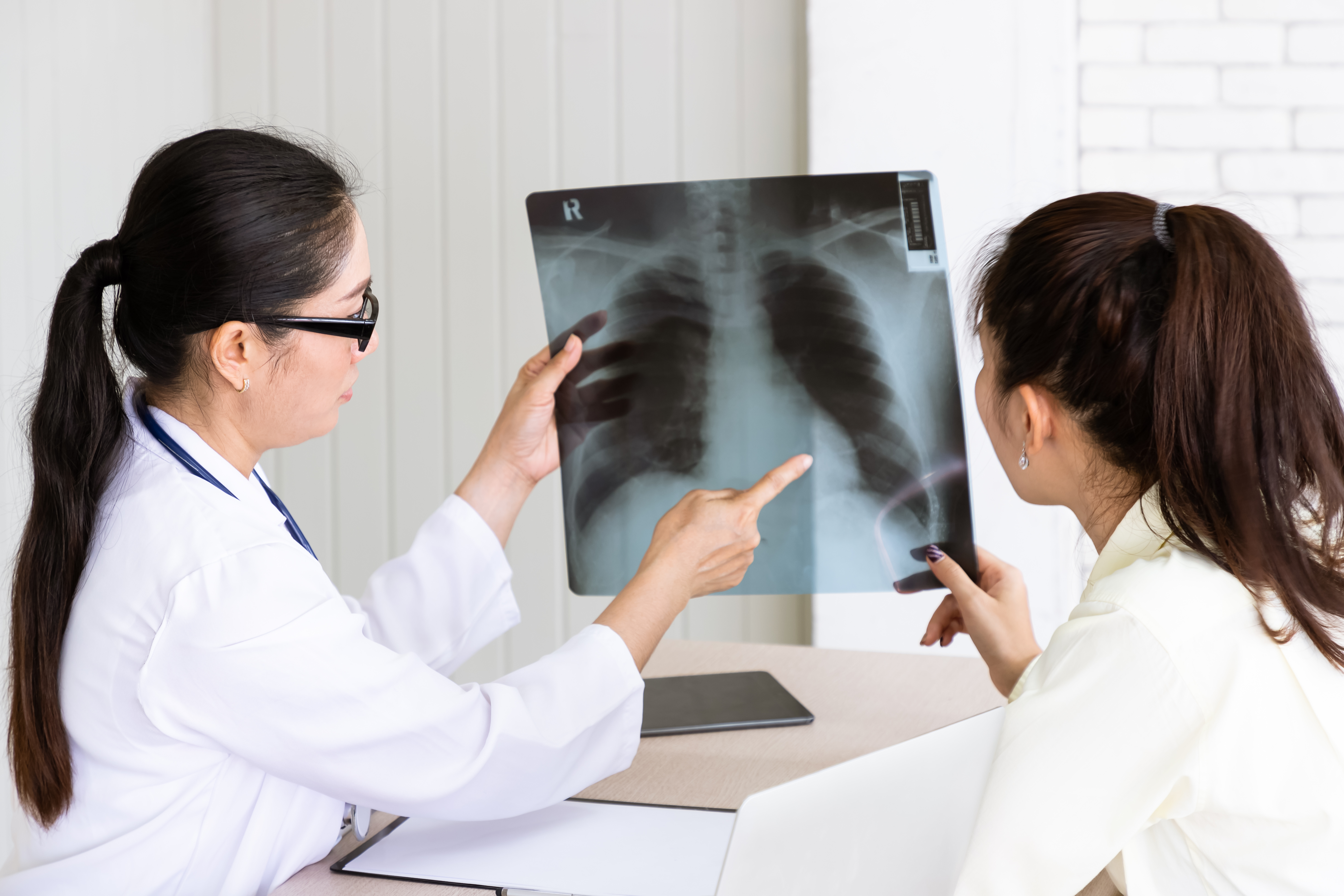
Warning Signs of a Heart Attack: Don’t Ignore These Symptoms!
Recognize the early warning signs of a heart attack, including chest pain, shortness of breath, and fatigue. Learn risk factors, emergency steps & prevention tips.
Introduction
A heart attack, or myocardial infarction, occurs when blood flow to the heart is blocked, preventing oxygen from reaching the heart muscle. This can lead to severe complications, permanent damage, or even death if not treated immediately.
Recognizing the early warning signs of a heart attack can save lives. Many people ignore or misinterpret these symptoms, delaying treatment. This article will cover everything you need to know, from early signs to emergency response and prevention strategies.

What Are the First Signs of a Heart Attack?
Most Common Symptoms:
-
Chest Pain or Discomfort - A feeling of pressure, tightness, or squeezing in the chest.
-
Shortness of Breath - Difficulty breathing, even at rest.
-
Pain Radiating to the Arm, Jaw, Back, or Neck - Especially the left arm.
-
Cold Sweats - Unexplained, sudden sweating.
-
Nausea or Vomiting - More common in women.
-
Dizziness or Lightheadedness - Feeling faint, weak, or extremely fatigued.
✅ If you experience any of these symptoms, call emergency services immediately (911 or your country’s emergency number).
Understanding a Heart Attack: What Happens in Your Body?
A heart attack occurs when the coronary arteries (which supply oxygen-rich blood to the heart) become blocked. The most common cause is plaque buildup (atherosclerosis), which can rupture and form blood clots that obstruct blood flow.
Without oxygen, heart cells begin to die within minutes, leading to potential heart failure or cardiac arrest.
Types of Heart Attacks
-
STEMI (ST-Elevation Myocardial Infarction) - A complete blockage; the most severe type.
-
NSTEMI (Non-ST-Elevation Myocardial Infarction) - A partial blockage, still dangerous.
-
Silent Heart Attack - No obvious symptoms, often discovered later during medical tests.
📈 Key Warning Signs of a Heart Attack
| Symptom | Description |
|---|---|
| Chest Pain | Pressure, squeezing, or discomfort in the chest lasting more than a few minutes or coming and going. |
| Shortness of Breath | Difficulty breathing before or during chest discomfort. |
| Pain in Upper Body | Pain radiating to the arms (especially left), back, jaw, or neck. |
| Cold Sweats | Sudden, unexplained sweating, even in cool temperatures. |
| Nausea & Vomiting | More common in women, often mistaken for indigestion. |
| Lightheadedness | Feeling faint, weak, or dizzy, sometimes leading to collapse. |
| Extreme Fatigue | Unusual tiredness, especially in women. |
Symptoms in Women vs. Men
Women often experience atypical symptoms such as:
-
Jaw or back pain
-
Nausea or vomiting
-
Severe fatigue
-
Shortness of breath without chest pain
Men are more likely to experience classic symptoms like chest pain and left arm pain.
⚠️ What to Do If You Have Symptoms?
If you or someone nearby experiences these symptoms:
-
Call 911 (or local emergency services) immediately! ⏳ Time is critical.
-
Chew an Aspirin (unless allergic). This helps thin the blood and may reduce clotting.
-
Stay Calm and Rest. Avoid exertion; lie down if possible.
-
Do Not Drive Yourself to the Hospital. Wait for emergency responders.
Delaying treatment can be fatal. The sooner you receive medical care, the better your chances of survival and recovery.
📅 Who is at Risk of a Heart Attack?
Certain factors increase your risk of developing heart disease and experiencing a heart attack.
Major Risk Factors:
✔ High Blood Pressure (Hypertension)
✔ High Cholesterol Levels
✔ Diabetes
✔ Smoking
✔ Obesity
✔ Sedentary Lifestyle (Lack of Exercise)
✔ Poor Diet (High in Processed Foods & Sugars)
✔ Family History of Heart Disease
✔ Chronic Stress
✔ Excessive Alcohol Consumption
🎯 How to Prevent a Heart Attack
1. Adopt a Heart-Healthy Diet 🌿
-
Increase: Fruits, vegetables, whole grains, nuts, and healthy fats (olive oil, avocados).
-
Reduce: Processed foods, sugar, trans fats, and high-sodium meals.
2. Exercise Regularly 🏃
-
Aim for 30 minutes of moderate exercise (walking, swimming, cycling) at least 5 days a week.
3. Quit Smoking & Limit Alcohol 🛋
-
Smoking damages arteries and increases heart attack risk.
-
Alcohol should be consumed in moderation (1 drink/day for women, 2 drinks/day for men).
4. Manage Stress & Sleep Well 💭
-
Meditation, deep breathing, and yoga can help lower stress levels.
-
7-9 hours of quality sleep improves heart health.
Final Thought
A heart attack is a medical emergency that requires immediate attention. Recognizing early warning signs and taking action quickly can save lives.
📢 If you experience symptoms, don’t wait! Call emergency services immediately!
🔍 Stay informed. Share this article to help spread awareness! ❤️


